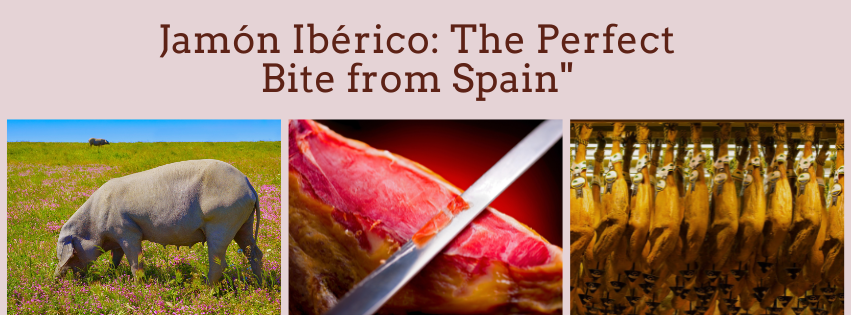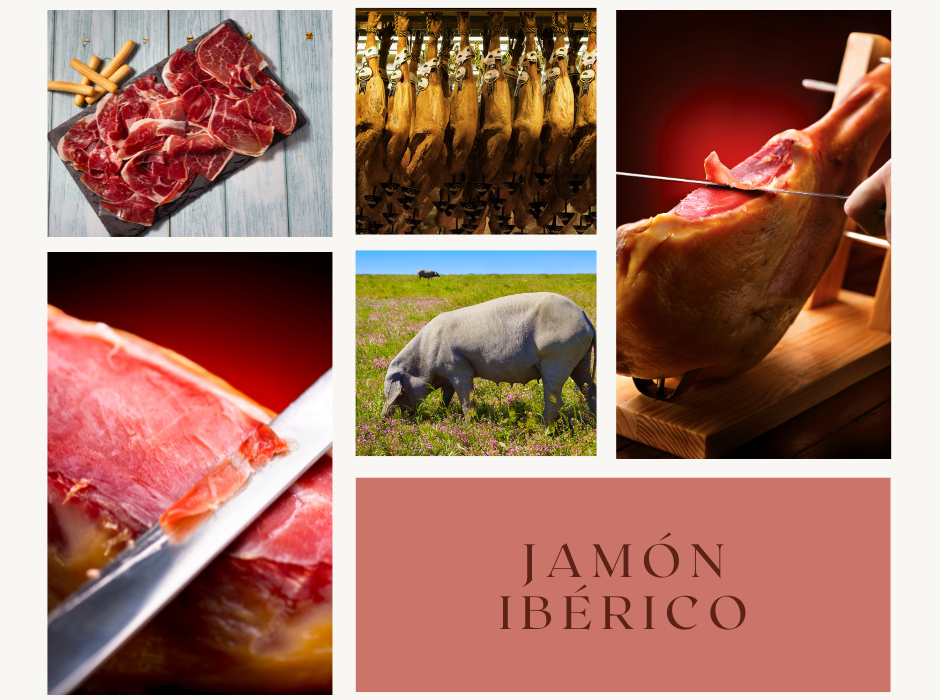The Iberian pig is a traditional breed of domestic pig native to the Iberian Peninsula, found in central and southern Spain and Portugal. According to the most accepted theory, these pigs were first brought to the Iberian Peninsula by the Phoenicians from the eastern Mediterranean, where they interbred with wild boars. It is believed that today’s Iberian pigs are descendants of these animals. Iberian pig farming is deeply rooted in the Mediterranean ecosystem, making it a rare example of sustainable livestock that contributes to the preservation of the ecosystem, particularly the oak trees and acorns they feed on.

The population of the Iberian breed has drastically declined since the 1960s due to several factors, such as the outbreak of African swine fever and the decline in the value of animal fats. However, in recent years, the production of Iberian pigs has increased to meet the renewed demand for high-quality meat and cured products. The high intramuscular fat content is what gives the meat its distinctive marbling, and when combined with the traditional acorn-based feeding, it creates the unique flavor of the ham. Iberian pigs are typically red or dark-colored, with the most prized ones having black hooves, which led to the name “pata negra,” meaning “black hoof.”
Jamón Ibérico: One of the World’s Finest Hams

Jamón Ibérico is made from the hind leg of the black Iberian pig and can only be produced in select Spanish regions, such as Salamanca, Córdoba, and Huelva. To ensure the highest quality, strict rules must be followed. The ham can only be made from 100% purebred Iberian pigs, and these animals must be fed exclusively on acorns. The diet of the pigs is so crucial that even their ancestry is verified to ensure their parents followed the same feeding regimen.
The exceptional, distinctive taste of Jamón Ibérico comes from the fact that these pigs eat only acorns. Some farms even carefully select the best acorns for the pigs’ feed, and there have been reports of farmers peeling the acorns to ensure the perfect quality of the meat.

Due to various feeding and rearing methods, several types of Jamón Ibérico are distinguished, such as cebo, recebo, and bellota, with the differences mainly based on the quality and type of food consumed by the pigs. Another key factor is the curing process, which typically lasts for at least two years, but some producers cure their hams for over 36 months. The ham is cured with coarse salt, and then it is dried for long periods. The duration of the curing process significantly influences the price.
Four Quality Categories
- Black Label: The highest quality ham, from 100% acorn-fed Iberian pigs.
- Red Label: Made from pigs where only one parent is purebred Iberian.
- Green Label: Free-range pigs, but only partially fed with acorns.
- White Label: From non-free-range pigs.
The Master of Ham
The role of the ham master, or maestro jamonero, is taken very seriously in Spain, with a tradition stretching back several centuries. A ham master knows the pig, the curing process, and how to properly slice the ham. Iberian ham is only ever sliced with a knife, which has a long, narrow blade. A skilled master can cut slices so thin they are almost translucent, and contests are held to showcase these slicing skills. A critical rule is that each slice must contain an equal balance of meat and fat.

The Iberian pig and the Jamón Ibérico hold a special place in Spanish and Mediterranean gastronomy. The traditions developed over centuries, the natural environment, and the carefully controlled feeding and curing processes all contribute to making this ham one of the world’s most refined and sought-after delicacies. The acorn-based feeding, the art of curing, and the expertise of ham masters ensure that Jamón Ibérico offers a unique, intense flavor that provides a true culinary experience for food lovers worldwide. This exceptional type of ham is not only a key part of Spain’s culinary heritage but also a symbol of quality cuisine around the world.


